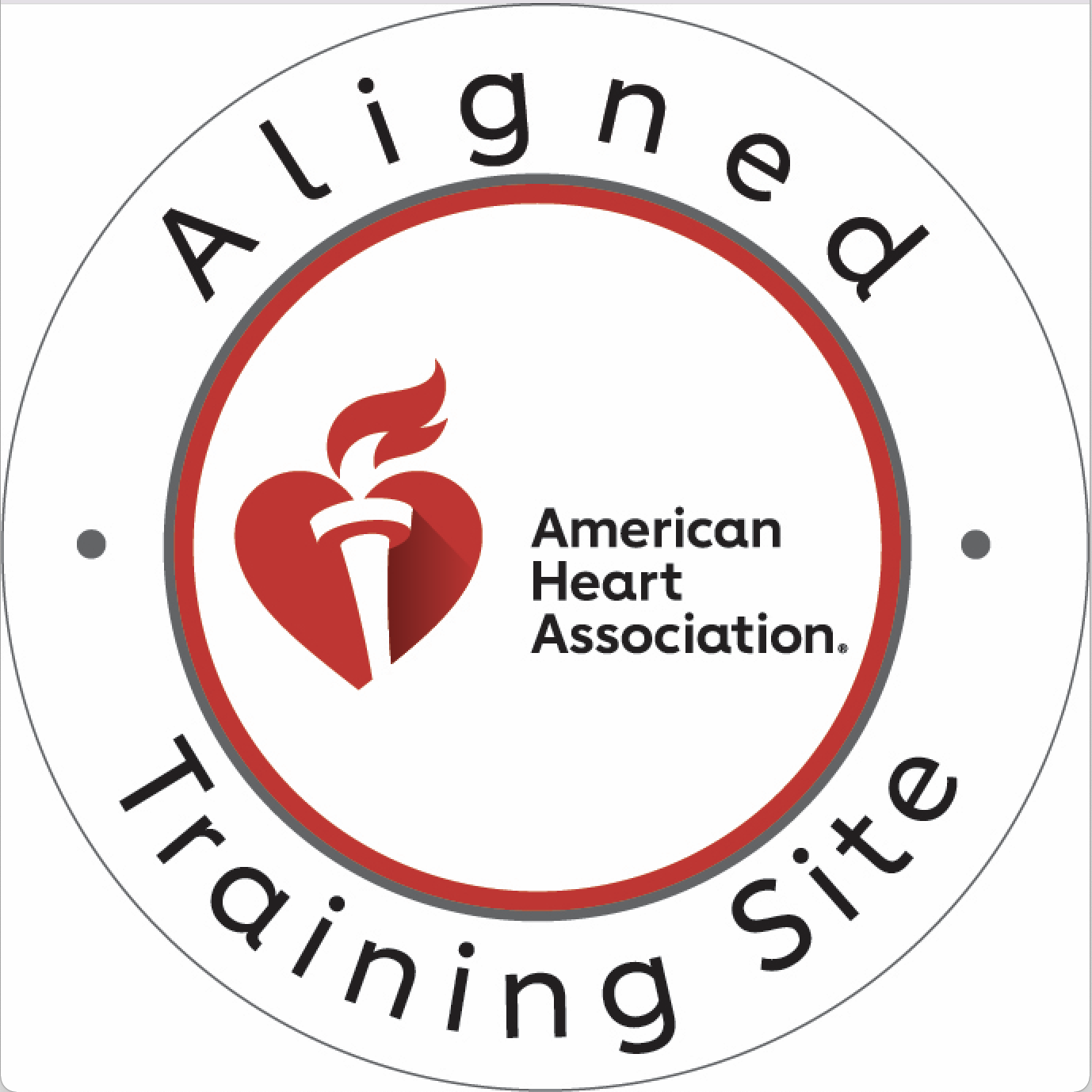ACLS Blended/eLearning Course Description
The ACLS Provider Course provides the knowledge and skills needed to evaluate and manage the first 10 minutes of an adult ventricular fibrillation/ventricular tachycardia (VF/VT) arrest. Providers are expected to learn to manage 9 core ACLS cases: a respiratory emergency, four types of cardiac arrest (simple VF/VT, complex VF/VT, PEA, and a-systole), four types of pre-arrest emergencies (bradycardia, stable tachycardia, unstable tachycardia, and acute coronary syndromes) and stroke.
ACLS is designed for healthcare professionals who either direct or participate in the management of cardiopulmonary arrest and other cardiovascular emergencies. This includes personnel in emergency response, emergency medicine, intensive care, and critical care unit.
ACLS Students need to have a good grasp on reading an EKG, pharmaceuticals used in cardiac arrest, and basic algorithms.
Course Content
- Key changes in advanced cardiovascular life support, reflecting the 2020 American Heart Association
- Guidelines for Cardiopulmonary Resuscitation and Emergency Cardiovascular Care
- Basic life support skills, including effective chest compressions, use of a bag-mask device and use of an (AED)
- Recognition and early management of respiratory and cardiac arrest
- Recognition and early management of peri-arrest conditions such as symptomatic bradycardia
- Airway management
- Related pharmacology
- Management of acute coronary syndromes (ACS) and stroke
- Effective communication as a member and leader of a resuscitation team
- Effective Resuscitation Team Dynamics
The online learning portion takes several hours to complete, and must be completed before your class appointment. Practical skills testing on the day of your class appointment will include independently managing scenarios of critical patients using the ACLS algorithms.
Full participation is required, attendance and arriving on time are mandatory to receive a completion card. Students will receive an American Heart Association ACLS eCard after successfully completing the practical skills testing on the day of the appointment. The card is valid for two years.
Prerequisites for Blended Learning:
- BLS Provider card (you can add this to your appointment)
- Complete online AHA course (you can add to your appointment)


 630-309-4009
630-309-4009
